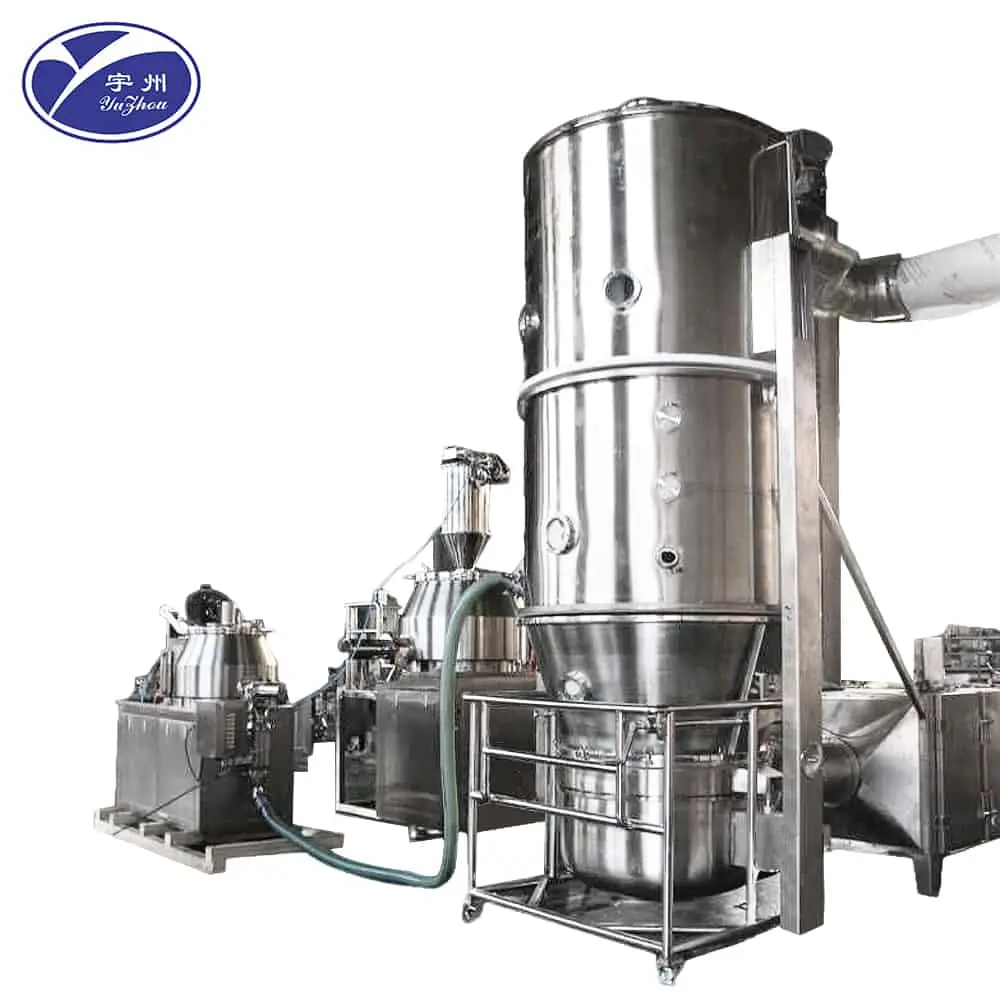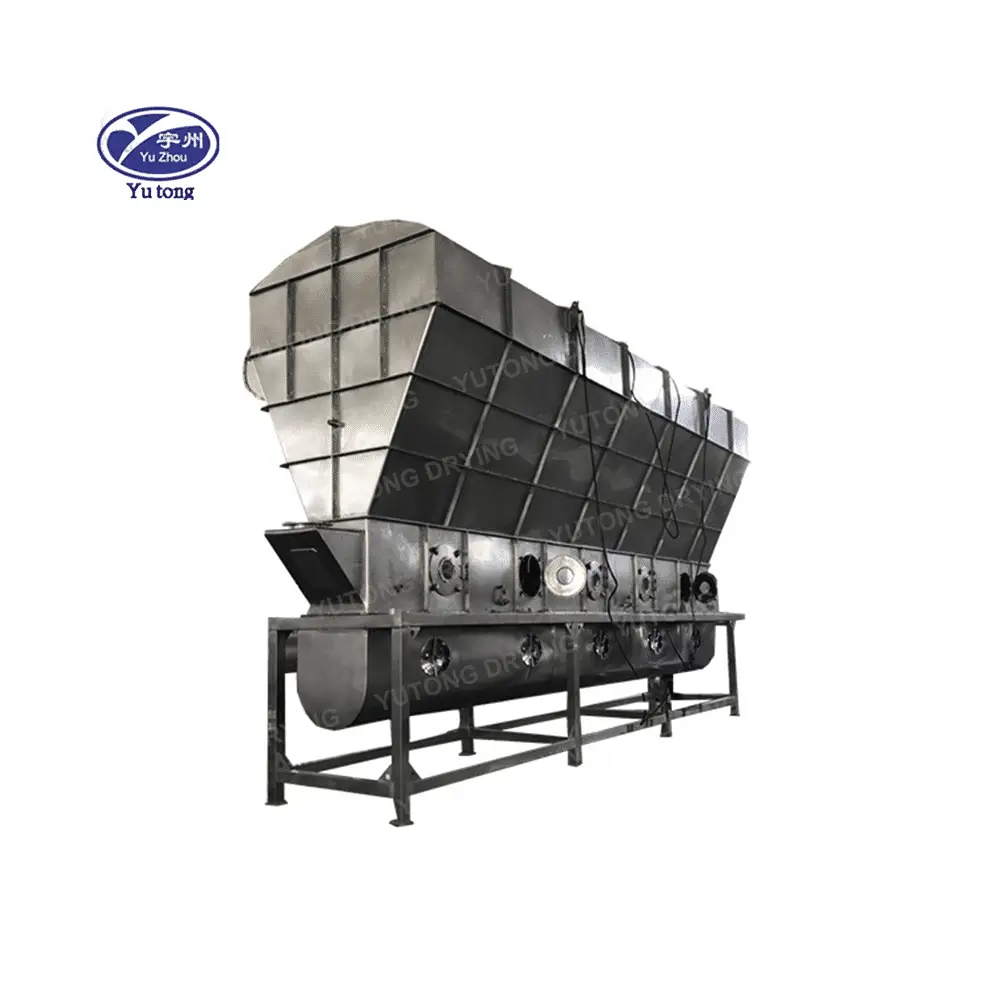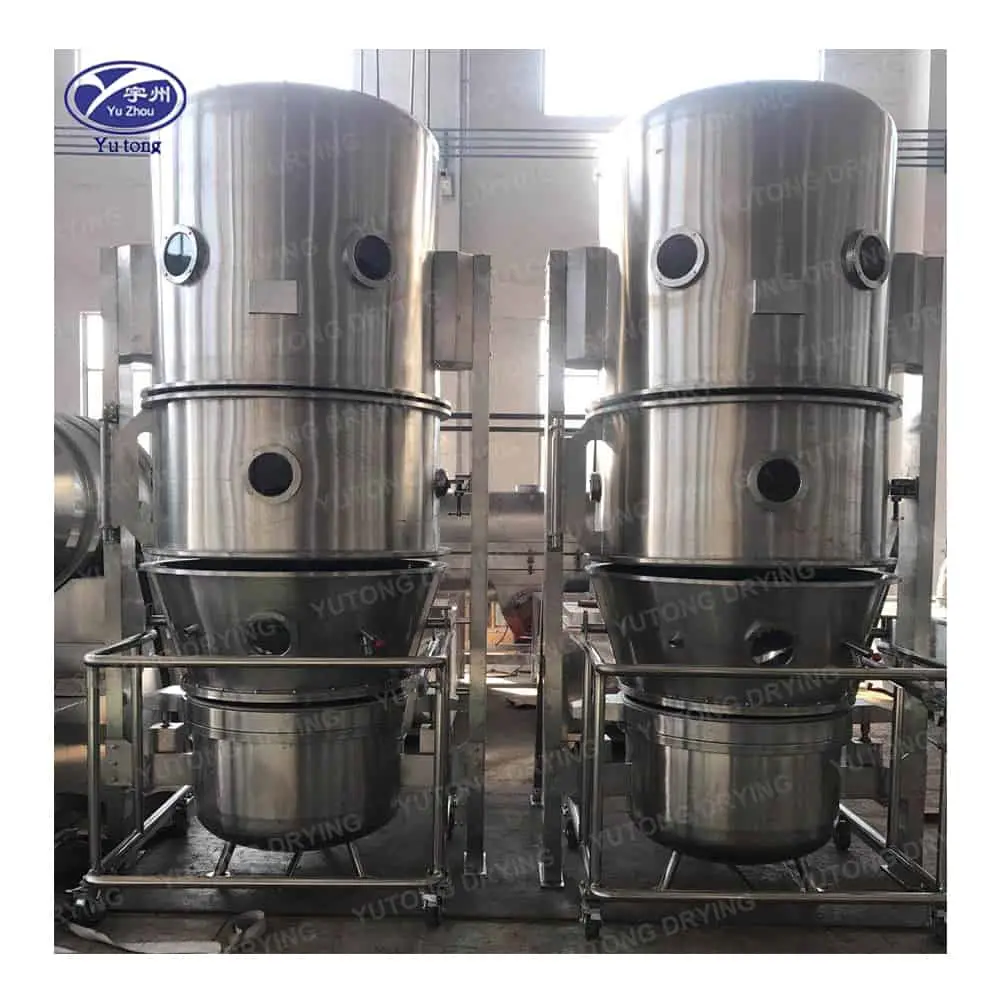
Présentation du sécheur à lit fluidisé
Le sécheur à lit fluidisé est un équipement très efficace et polyvalent qui est devenu un outil essentiel dans

Le sécheur à lit fluidisé est un équipement très efficace et polyvalent qui est devenu un outil essentiel dans

Dans le domaine de la transformation industrielle, le séchage efficace des matériaux en vrac est essentiel pour garantir la qualité des produits, réduire les déchets et

Le sécheur à lit fluidisé est un équipement très efficace largement utilisé dans diverses industries pour sécher une gamme diversifiée de produits.

Dans le monde du traitement et de la fabrication industriels, le sécheur à lit fluidisé est devenu un équipement crucial.

Dans le monde de la transformation et de la fabrication industrielles, la quête de méthodes de séchage efficaces et fiables est une quête permanente.

Un sécheur à lit fluidisé est un équipement spécialisé largement utilisé dans diverses industries pour sécher une gamme diversifiée

Le sécheur à lit fluidisé est un équipement très efficace et polyvalent qui est devenu un outil essentiel dans

Dans le domaine de la transformation industrielle, le séchage efficace des matériaux en vrac est essentiel pour garantir la qualité des produits, réduire les déchets et

Le sécheur à lit fluidisé est un équipement très efficace largement utilisé dans diverses industries pour sécher une gamme diversifiée de produits.

Dans le monde du traitement et de la fabrication industriels, le sécheur à lit fluidisé est devenu un équipement crucial.

Dans le monde de la transformation et de la fabrication industrielles, la quête de méthodes de séchage efficaces et fiables est une quête permanente.

Un sécheur à lit fluidisé est un équipement spécialisé largement utilisé dans diverses industries pour sécher une gamme diversifiée
Contactez la société Yutong
Principaux produits